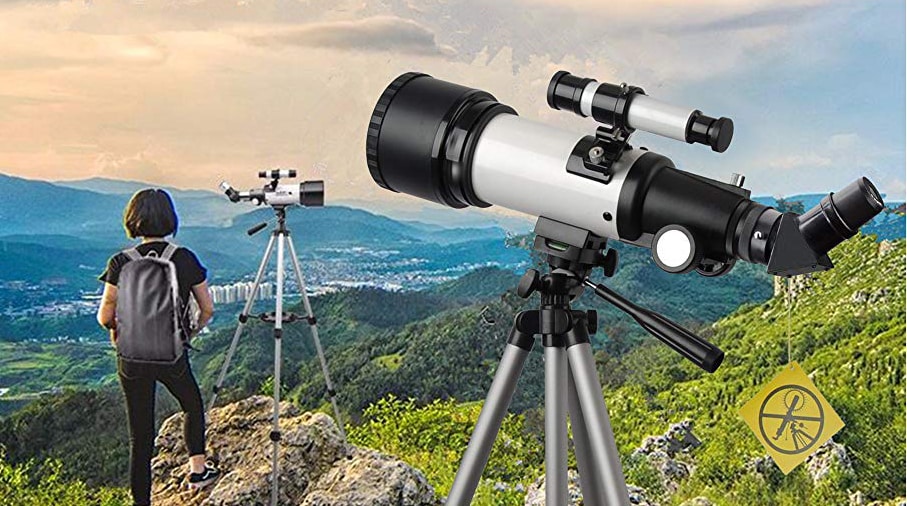

Best place to use telescope near me update#
The observatory opens to the public most Saturday evenings when conditions are good (check the website and Facebook before you travel as they update it on the day) and you can use their telescopes to ogle the distant planets. Owned and operated by the Croydon Astronomical Society (details below), the Norman Fisher Observatory - also known as Kenley Observatory - sits next to Kenley Aerodrome, up on the North Downs on the London-Surrey border. It's not all about the astrophysics students though - the observatory occasionally opens for public visits, giving us mere mortals an insight into what goes on at the observatory and how the equipment works, as well as offering virtual tours from time to time. It's a nod to the nearby UCL Observatory, where scientific research and student training is undertaken. If you've ever wandered through Mill Hill's solar system themed subway, you may have wondered about its significance. UCL's Astronomical Observatory, Mill Hill UCL Observatory in Mill Hill. It's occasionally open for other special events too - keep an eye on the website. Members of the society are on hand to help you with your stargazing, and advise you on telescopes and other bits of kit if you're thinking of buying your own. But there's only space for about 12 people at a time, so you may have to wait your turn. It's free, (donations welcome), and there's no need to book. It's usually open to the public Friday and Saturday evenings, from September to April - but only when the skies are clear, for obvious reasons. Hampstead Observatory and Hampstead Scientific Societyĭid you know that there's an observatory in Hampstead, right next to the Heath (Lower Terrace, NW3 6RF)? It belongs to the Hampstead Scientific Society, and is located on top of a covered underground reservoir, at one of the highest points in London. Although it's not always open to the public (and currently closed until the end of March 2022), there are often tours taking the public behind the scenes. Some celestial events are streamed from the AMAT directly onto Facebook and YouTube. The benefit is that it's all modern technology the suite of telescopes are designed to be used photographically with digital cameras rather than with the human eye. Next door, the Altazimith Pavilion is home to the Annie Maunder Astrographic Telescope, a relative newcomer to the astronomy scene, installed in 2018. The Royal Observatory is also home to the Great Equatorial Telescope, which was built in the 1890s, so isn't working with the most up-to-date technology, but it remains the largest of its kind in the UK. There's an introductory show for under 7s, as well as the classic The Sky Tonight. As well as straddling the Meridian line, tourist pursuits in this part of town include enjoying a show on the overhead screen at the Peter Harrison Planetarium.

Find your nearest at: Go Stargazing also has a map of dark sky locations in the UK, as well a way to find places to stargaze near you.The obvious place to head for all things stargazing is Greenwich, home of both time and space in London. The partnership rates them as either ‘Orion sites’, where the seven main stars are visible, or ‘Milky Way sites’, in more rural areas where this spectacular sight is visible to the naked eye. Did you know?ĭark Sky Discovery Sites are places where you can get great views of the stars on a cloudless night, and they’re open to everyone! They are chosen by the UK Dark Sky Discovery Partnership if they’re away from the worst light pollution, give good sightlines of the sky and are accessible by the public, including wheelchair users. CPRE was pleased to add its support to back the bid for Dark Sky status and we’re delighted that the campaign has been successful. The area, in the west of the Cornwall AONB, is naturally dark at night with minimal traces of light pollution, making West Penwith one of the best places in the world to view the beauty of the night sky. The latest area in England to be awarded International Dark Sky Park status is also the second in Cornwall: West Penwith, which received the official recognition in December 2021. Lanyon Quoit: a great place to see the stars in West Penwith Dark Sky Park.


 0 kommentar(er)
0 kommentar(er)
